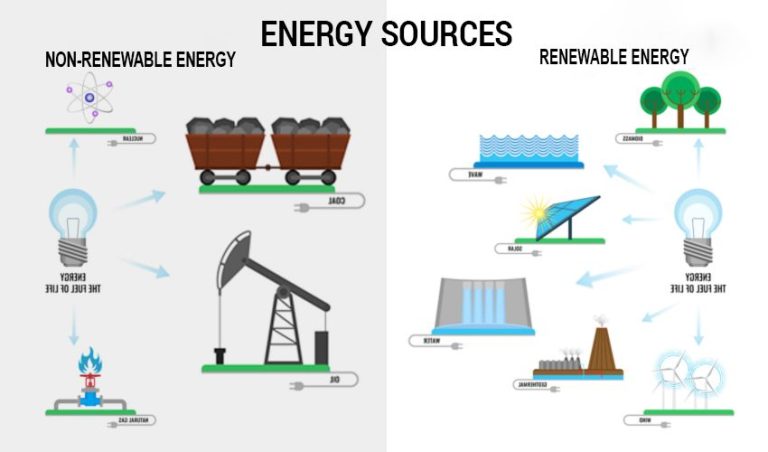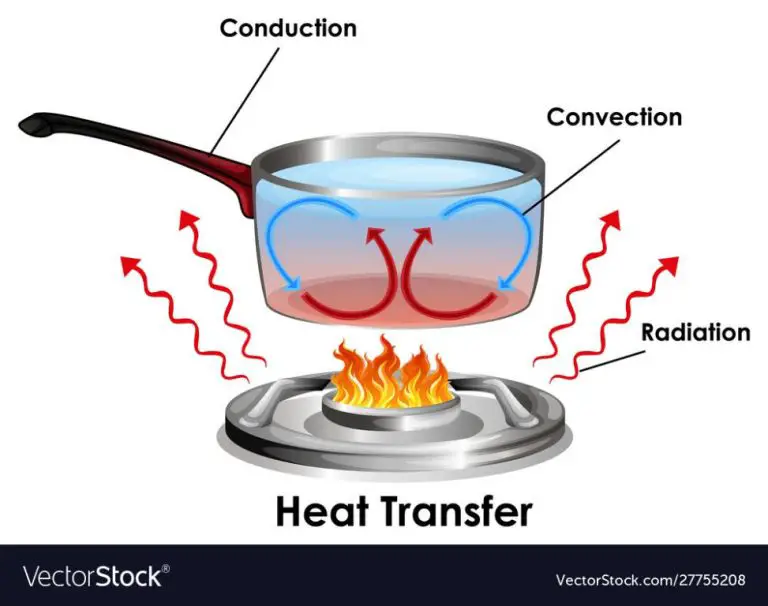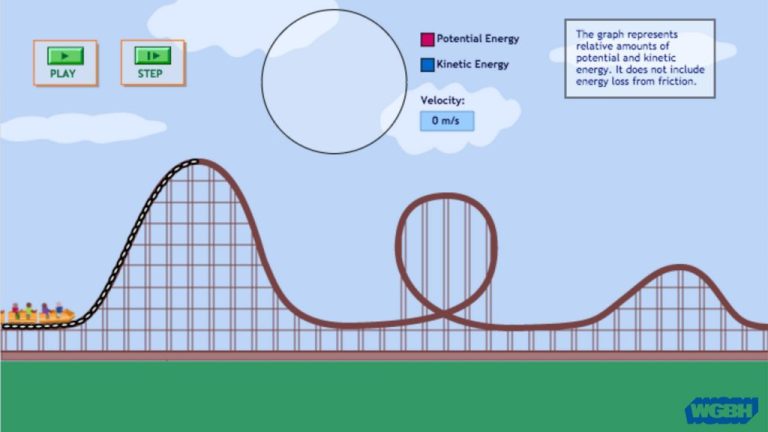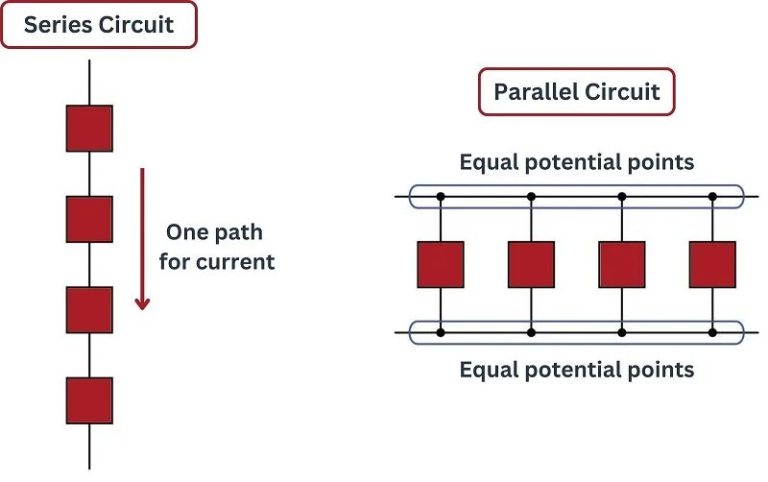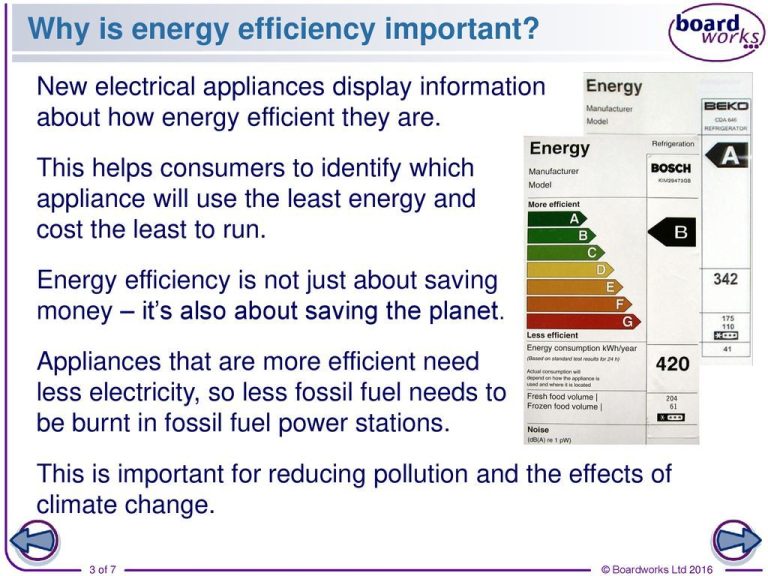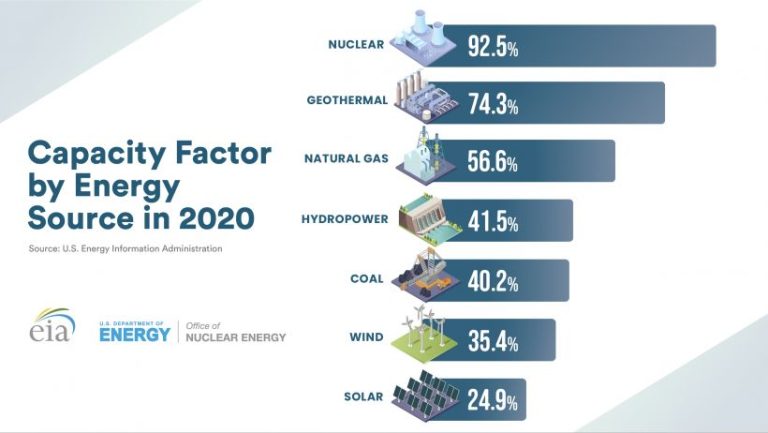What Is Called Transformation Of Energy?
Energy transformation refers to the process of changing energy from one form to another. For example, a car engine transforms chemical energy from fuel into mechanical energy to move the car. Some common examples of energy transformations that occur in everyday life are:
- Chemical energy in food transforming into kinetic energy when people move
- Radiant energy from the sun transforming into thermal energy when it heats up a solar panel
- Mechanical energy from wind transforming into electrical energy in a wind turbine
- Chemical energy in batteries transforming into electrical energy to power devices
Energy transformation is important because we rely on it to generate electricity, power transportation, produce heat for homes and buildings, and sustain biological processes. Without the ability to change energy from one form into the useful forms we require, modern life would not be possible. Understanding energy transformations allows us to design better systems and processes to meet our energy needs.
Forms of Energy
Energy exists in many different forms that can be categorized into two main types – potential energy and kinetic energy. Here are the main forms of energy:
Potential Energy
Potential energy is stored energy and the energy of position. There are several forms of potential energy:
- Gravitational Potential Energy – The energy of an object that is dependent on the object’s height and mass.
- Elastic Potential Energy – The energy stored in elastic objects that are deformed.
- Chemical Potential Energy – The energy stored in the bonds between atoms and molecules. This energy gets released when chemical reactions occur.
- Nuclear Potential Energy – The energy stored in the nucleus of an atom, released during nuclear fission or fusion.
Kinetic Energy
Kinetic energy is the energy of motion. The kinetic energy of an object depends on its mass and velocity. Some examples include:
- Radiant Energy – The energy carried by electromagnetic radiation such as light.
- Thermal Energy – The total kinetic energy of the particles that make up matter.
- Mechanical Energy – The sum of an object’s kinetic energy and potential energy.
- Sound Energy – Caused by the vibration of matter and transmitted as a wave.
- Electrical Energy – The energy from the flow of electric charges.
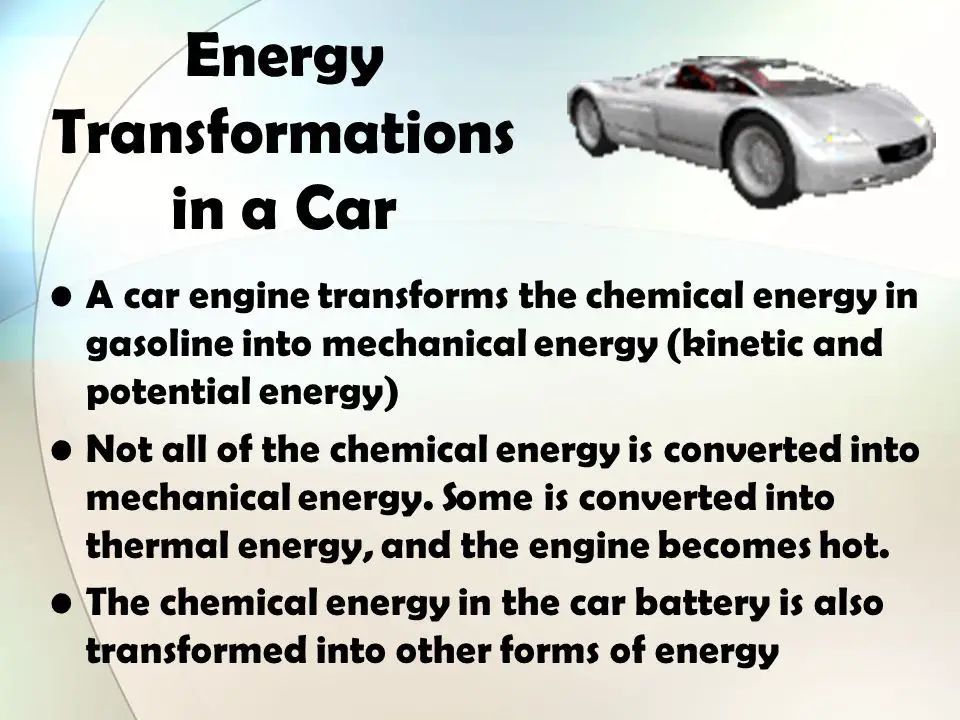
Conservation of Energy
The law of conservation of energy states that energy can neither be created nor destroyed, it can only be transformed from one form to another. This means the total energy in an isolated system always remains constant.
For example, when a ball falls, its potential energy gets transformed into kinetic energy. The total mechanical energy before and after the fall remains the same. When chemical energy in gasoline is transformed into kinetic energy of a car, the total energy before and after combustion is unchanged.
This law is fundamental to all scientific disciplines, especially physics and chemistry. It explains that energy must be accounted for at all times; it doesn’t just disappear or get created spontaneously. Conservation of energy principles are used to analyze processes and transformations and make scientific calculations.
Understanding the conservation of energy is key to developing new energy technologies and finding more efficient ways to transform and utilize energy. It reminds us that energy flows in a closed loop within our universe.
Mechanical Energy Transformations
Mechanical energy is the energy associated with the motion and position of an object. There are two main types of mechanical energy – kinetic energy and potential energy. Mechanical energy can transform between these two forms.
One common mechanical energy transformation is from gravitational potential energy to kinetic energy. Gravitational potential energy depends on the height of an object above a reference point. When the object falls, this potential energy gets converted into kinetic energy, which is the energy of motion. A simple example is dropping a ball from a height. As the ball falls, its potential energy transforms into kinetic energy.
Another mechanical energy transformation is from elastic potential energy to kinetic energy. Elastic potential energy is stored in elastic materials or objects that can be deformed. For example, when a stretched rubber band is released, the elastic potential energy stored gets converted into kinetic energy as the band springs back to its original shape. The same thing happens with a compressed spring.
Mechanical energy transformations follow the law of conservation of energy. The total amount of mechanical energy remains constant, even as the energy transforms between different forms like potential and kinetic. Understanding mechanical energy transformations is important in fields like physics and engineering.
Thermal Energy Transformations
Thermal energy refers to the internal energy within substances that arises from the random motion of molecules and atoms. There are several common ways that other forms of energy get transformed into thermal energy:
Chemical Energy to Thermal Energy
Chemical energy stored in the bonds between atoms and molecules can be released as thermal energy through chemical reactions. For example, when wood burns in a fireplace, the chemical energy stored in the wood’s molecular bonds is converted into thermal energy in the form of heat and light from the fire. This chemical to thermal energy transformation is how our bodies convert food into usable energy as well.
Electrical Energy to Thermal Energy
Electric current flows when electrons move through a conductive material. As the electrons collide with atoms and cause resistance, some of the electrical energy gets converted into thermal energy in the form of heat. This is why electrical wires heat up when significant current runs through them. Devices called resistors are specifically designed to convert electrical energy into thermal energy.
Nuclear Energy to Thermal Energy
Nuclear power plants use nuclear fission reactions to produce thermal energy that gets converted into electricity. In fission, atoms like uranium or plutonium split apart into smaller atoms, releasing a tremendous amount of energy in the process. Most of this nuclear energy quickly gets converted into intense thermal energy which is used to boil water into steam that drives turbines to generate electricity.
Electrical Energy Transformations
There are several ways that other forms of energy can be transformed into electrical energy. Some of the most common electrical energy transformations include:
Chemical Energy to Electrical Energy
This transformation occurs in batteries and fuel cells. Chemical reactions release electrons, creating an electric current that powers electrical devices. For example, the chemical reaction between acids and metals in a battery produces electrons that can power flashlights, remotes, and more. Fuel cells transform the chemical energy in hydrogen into electricity through a reaction with oxygen.
Mechanical Energy to Electrical Energy
Mechanical energy from motion or physical force can be transformed into electrical energy through generators and dynamos. For example, wind turbines and hydroelectric dams use the mechanical energy from wind and falling water to spin turbines connected to generators that produce electricity.
Light Energy to Electrical Energy
Solar cells and photodetectors transform light energy from the sun into electricity through the photoelectric effect. Solar panels contain silicon cells that release electrons when exposed to sunlight, generating an electric current. This allows solar energy to be harnessed as a renewable power source.
Nuclear Energy Transformations
Nuclear energy transformations involve changes in the nuclei of atoms. There are two main types of nuclear energy transformations:
Nuclear Fission
Nuclear fission is the splitting of a large atomic nucleus into smaller nuclei. This process releases energy because the binding energy that holds the nuclear particles together is greater than the total mass of the smaller nuclei created by the split. For example, when a uranium-235 atom absorbs a neutron, it can split into two smaller atoms (such as barium and krypton) and release three new neutrons and energy in the form of kinetic energy. Nuclear fission is used in nuclear power plants to generate electricity.
Nuclear Fusion
Nuclear fusion is the combining of two light atomic nuclei into a heavier single nucleus. This process releases energy because the combined mass of the new nucleus is less than the total mass of the original two nuclei. For example, when two hydrogen nuclei fuse together, they create a helium nucleus and release energy. Nuclear fusion powers the sun and other stars.
Mass to Energy Transformation
In both fission and fusion reactions, mass is converted into energy according to Einstein’s equation, E=mc^2. Even a small amount of mass loss leads to tremendous energy release. Nuclear power takes advantage of this mass-energy equivalence to produce electricity.
Light Energy Transformations
Light energy is a visible form of radiant energy that allows us to see. There are two main types of transformations that produce light energy:
Electrical Energy to Light Energy
Electrical energy can be transformed into light energy through electrical devices like light bulbs. This occurs through a process called incandescence, where electricity heats up a metal filament inside the light bulb until it glows and emits light.
Chemical Energy to Light Energy
Chemical energy stored in molecules can also be transformed into light energy through chemiluminescence. This process involves a chemical reaction that produces electrons in an excited state, which emit light when they return to their ground state. Examples include glow sticks, bioluminescent organisms, and fireflies.
Sound Energy Transformations
Sound energy is the result of mechanical and electrical energy being transformed through vibrations and oscillations. There are two main types of sound energy transformations:
Mechanical Energy to Sound Energy
Mechanical energy from motion or collisions can be transformed into sound energy. Examples include:
- Striking a drum head causes it to vibrate and produce sound.
- Plucking a guitar string sets it into vibrational motion, creating sound.
- Clapping hands together transfers kinetic energy into sound.
In each case, mechanical energy causes an object to vibrate, which results in the production of audible sound waves.
Electrical Energy to Sound Energy
Electrical signals can be transformed into sound energy through speakers and headphones. Examples include:
- An audio amplifier sends electrical signals to a loudspeaker, causing its cone to vibrate and produce sound.
- Earbuds convert electrical energy from a smartphone into vibrations that create sound waves.
- A microphone works in reverse, transforming sound waves into an electrical audio signal.
The electrical signals cause components in the speaker or headphone to mechanically vibrate and create oscillations that our ears perceive as sound.
Importance of Energy Transformation
Energy transformation is essential for modern life as we know it. It is the process that powers our homes, transportation systems, and technologies. Without the ability to transform energy from one form to another, the technological conveniences and infrastructure we depend on would not be possible.
Energy transformation also enables the use of renewable energy sources. For example, solar panels transform light energy from the sun into electrical energy. Wind turbines transform kinetic energy from wind into electrical energy. These renewable sources can help reduce our dependence on fossil fuels.
Understanding how energy transformations work allows us to use energy more efficiently. Engineers apply principles of energy transformation to maximize output while minimizing energy loss. This knowledge helps develop better systems and processes that conserve as much energy as possible.
Overall, the concept of energy transformation is pivotal to energy generation and usage. It empowers innovations that support our modern lifestyles and infrastructure. A solid grasp of energy transformations remains key to building a more sustainable energy future.

